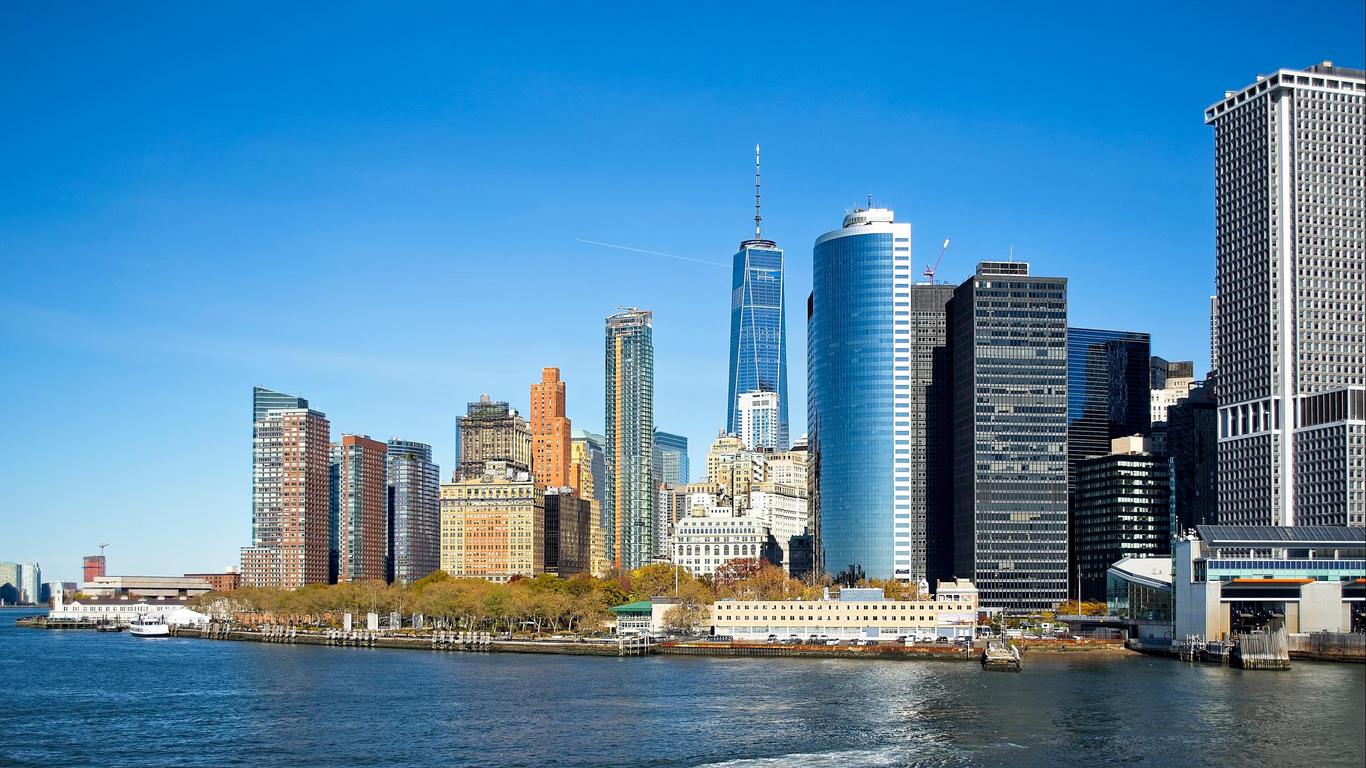Staten Island is New York City’s least populated borough, wedged between New Jersey and Brooklyn, and connected to Manhattan along the famous Staten Island Ferry. Its long-established history has been beautifully preserved in dedicated historical districts and open-air museums, interspersed with protected woodlands and wetlands.
The North Shore of Staten Island is its most urban area, home to St. George and St. Paul’s Avenue-Stapleton Heights Historic District, renowned for its grand Victorian-era houses, as well as the North Shore Waterfront Esplanade. The Staten Island Museum is the first port of call for many visitors to uncover the island’s fascinating history, together with the house of renowned photographer Alice Austen and Fort Wadsworth which holds a commanding position beside the Verrazano-Narrow Bridge, guarding the city of New York for more than 200 years. The East Shore is traversed by the 4 kilometre-long Franklin D. Roosevelt Boardwalk and Beach, while Historic Richmond Town nestles behind, recreating 17th century life on the island within its heritage-listed buildings. It was along the South Shore that the Dutch and French Huguenot settlements emerged in the 17th century, today home to the well-preserved architecture of Conference House Park.
Staten Island is the only borough not connected to New York City’s subway system, but for most visitors, the free ride on the Staten Island Ferry is a highlight in itself. From St. George ferry terminal, the Staten Island Railway connects with Tottenville in the south of the island, or there are numerous bus lines that cover the island.
There’s evidence of human habitation by the Clovis people on Staten Island stretching back around 14,000 years, while the first Native American settlements are said to date to around 5,000 years ago. Named in honour of the Dutch parliament, Staten-Generaal established their first New Netherland colony on nearby Governor's Island in 1624.





